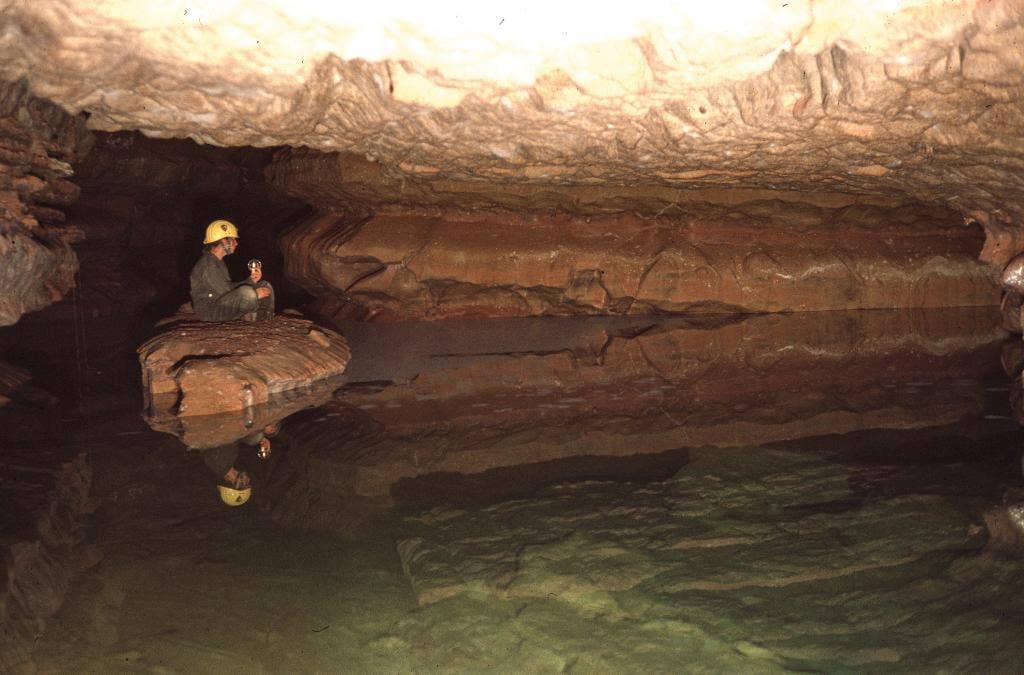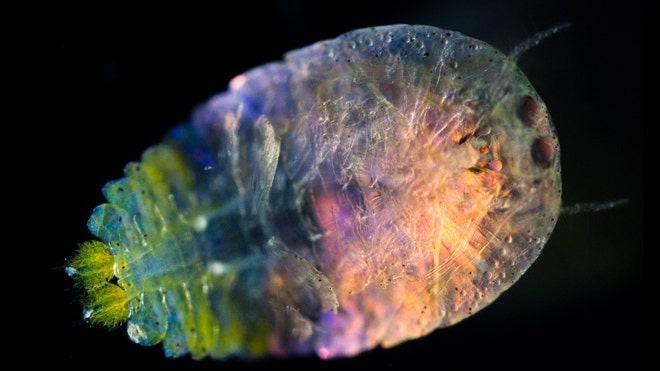Fossils collected from Montana and Alberta have helped scientists name a new species of horned dinosaur with wing-like structures on its head. More than 20 feet long and weighing in at more than 2 tons, the Mercuriceratops Gemini walked the earth about 77 million years ago during the Late Cretaceous Period.
The plant-eating dinosaur had a parrot-like beak and two long horns above its eyes, according to paleontologists. Research describing the new species has been published in the science journal Naturwissenschaften.
“What’s unique about Mercuriceratops is that it has these wing-like structures coming out of the side of its head shield,” Dr. Michael Ryan, lead author of the research study, told FoxNews.com. “Out of all the horned dinosaurs that we have discovered, it’s the first that has that.”
Ryan, curator of vertebrate paleontology at The Cleveland Museum of Natural History, explained that other horned dinosaurs typically had flat or smooth bones at the side of their heads. “We think, that, in general, horned dinosaurs had this ornamentation to attract mates,” he added.
The research said that Mercuriceratops’ wing-like protrusions may have given the male dinosaur a competitive advantage in attracting mates.
The name ‘Mercuriceratops’ refers to the similarity between the dinosaur’s wing-like features and the wings on the helmet of the Roman god Mercury. ‘Gemini’ refers to the near-identical specimens found in north central Montana and the Dinosaur Provincial Park in Alberta, Canada, which were used to describe the dinosaur.
The first fossilized skull fragment was found in Montana’s Judith River formation in 2007 and acquired by the Royal Ontario Museum in 2011. The second segment was discovered in Alberta’s Dinosaur Park formation in 2012.
“When we found the second bone, we knew that we had something because when you find just one bone, it could be pathological or an anomaly,” said Ryan. “You always want to find two examples of something.”
Ryan added that the research team will be returning to the same localities later this year and will be looking for more examples of Mercuriceratops.



Leave a Reply